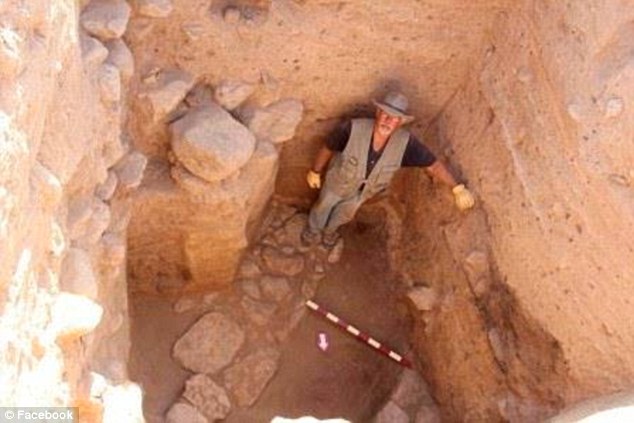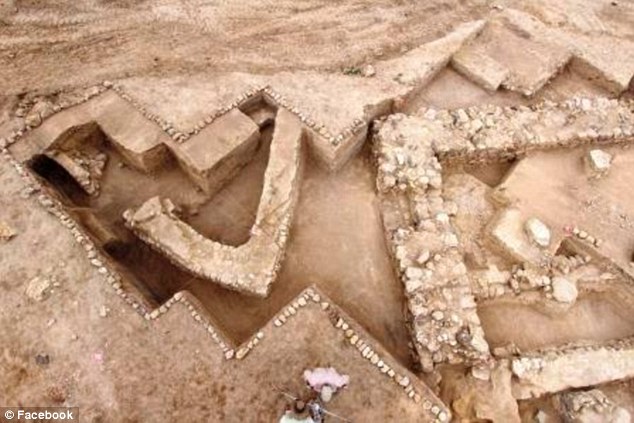Researchers and archaeologists believe that they have found the lost ruins of the Biblical city of Sodom. Researchers started excavating what they thought was the region of Tall el-Hammam in Jordan. However, they have come across something a lot bigger that they believe dates back to the Bronze Age. The ruins match the Biblical description of the city God destroyed because of its wickedness.
If this is truly Sodom, then it was the biggest city in the region. It was built on the east side of the River Jordan and dates to 3500 and 1540 BC. According to the bible, the city became abandoned suddenly. Sodom would have been north of where the Dead Sea is now, and would have been beautifully greened and well-watered. Because the city was on a common trade route, it would have had large towers with thick walls.
It is said that a majority of references to Sodom are made in the Book of Genesis. The bible suggests that God destroyed the city after his angels failed to find righteous men in the city walls.
The archaeologists who found the ruins believe that one thing that points to the city as being it Sodom is the large region surrounding the ruins. Sodom would have been quite large and would have needed more space to build and inhabit.
This excavation in the Jordan River Valley did not begin until 2005. Until then, and still today, there is not much known about those regions.
The team found bits and pieces of some of the wall that would support the bible’s story of the tall and thick walls. They also believe the wall had gates, watchtowers, and one or more roadway. It is also said that during the Bronze Age the wall was replaced by a rampart that doubled as a ring around the city. The team dismissed the idea that the town was the Tall el-Hammam because the dates of its existence fit better with what is known of Sodom.
The lead archaeologist suggested to his team that they explore the area where the biggest city would have been, and so they dug at Tall el-Hammam, which they believe was built over the ruins of Sodom. He thinks that the region had never been excavated before because there were never any maps of that area. He believes that the area was inhabited for over 700 years, and after seven centuries people started seeing how it flourished due to how large it had become. They know this because other teams have found several artifacts in similar areas around the site.
Other archeologists who found the artifacts also suggest that it has to be the city of Sodom. In the bible, both of the cities are known for having been destroyed by God. The bible uses the cities as metaphors for vice and homosexuality. Several archaeologists suggest that the city was abandoned for a reason. Some think there was an earthquake and others believe there could have been an asteroid. If either of those theories are true, that means the city was rebuilt in the Iron Age during the years of 1,000 and 332 BC.

